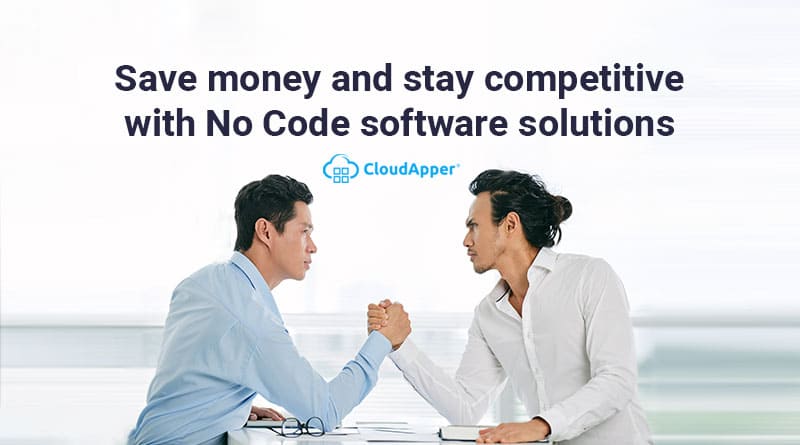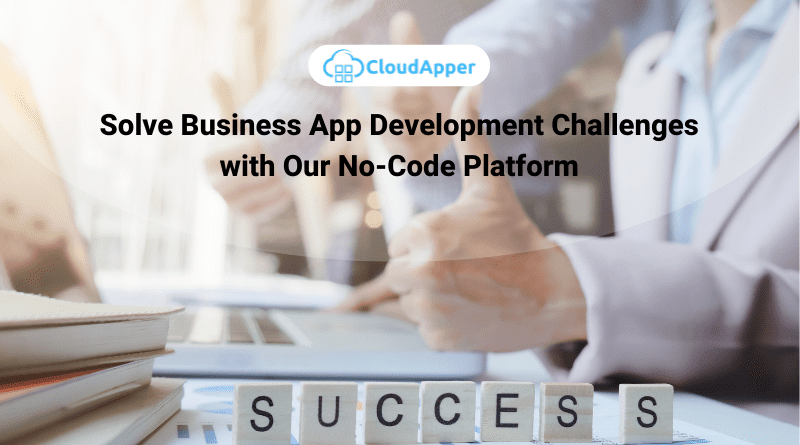A lot of users have an opinion on no-code platforms. Some believe that they will be the end of developers, while others are still not convinced about their benefits and use cases. This is not a surprise. After all, it is common for new products to divide people’s opinions.
The problem comes in when opinions are distorted, and misconceptions arise. Whether it is due to skepticism or fear, these misconceptions can have a negative effect, especially when it comes to no-code platforms and the benefits they provide.
It sometimes does sound too good to be true, especially since a no-code platform means users do not require a background in coding or development to create their own apps. But this misconception can easily be corrected with a free trial.
Other misunderstandings require explanations. In this post, we will unpack the most common no-code platform misconceptions and explain whether they are true or false.
No-Code Platforms Are Expensive
This notion may have stemmed from the fact that software and ERP systems can be costly, especially for small business start-ups. Fortunately, it is not true.
When first looking into the functionality of a no-code platform, you may be expecting to pay a lot for the service. However, CloudApper only costs $10 per user per month. With this platform, you gain access and can build any application to fit your application requirements.
No-Code Platforms Only Make Simple Applications
Since no coding is required in the building of applications on a no-code system, many believe that only simple applications can be built on the system. However, while no-code platforms are used for simple use cases such as creating a sales order tracking platform, the application can also create complex applications.
Many of the current no-code platforms on the market are built with companies in mind. This means that the applications created should be able to replace your legacy systems. This holds true whether it is a Customer Relationship Management system for a multinational company or a Facility Management System for a busy port.
It is also important to note that with CoudApper’s no-code platform, you can build applications for use on both the web and mobile devices. Building reliable complex applications is possible with a no-code platform like CloudApper.
No-Code Platforms Aren’t Scalable
Due to the platform’s simplicity, there is a misconception that whatever application is built cannot grow with the company. This is incorrect. With CloudApper, once you have created your application, you can simply purchase another license at $10 per user per month so that your other employee can use the application as well.
No-Code Platforms Aren’t Useful for Developers
It is often stated that a no-code platform benefits users without prior knowledge of coding and development. This is true; the platform allows anybody to create applications with ease.
However, they are beneficial to developers as well. The speed at which no-code platforms create applications is extremely useful for developers who have strict timelines to meet.
No-Code Platforms Are Only Good for Limited Uses
Simplicity is the key when creating applications with CloudApper. However, the use cases are not limited. The common misconception that no-code platforms create simple applications with limited functionality and business use cases is false.
No-code platforms enable all companies to create applications to digitize and streamline their business processes. They are not limited to a specific sector or business size. All companies, regardless of their needs, can use a no-code platform. It is also important to note that CloudApper can integrate with legacy systems if your company wants to update its current legacy system.
Conclusion
While there are several misconceptions around no-code platforms, we have cleared up many of them. The platform can be extremely useful for companies of all sizes. So why not give it a try?


















